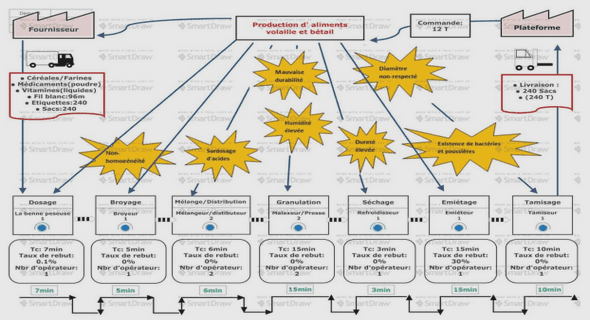Holistic matching consists in exploiting the whole facial region as the input face recognition. This was abundantly used during the first introduction of the Eigenface approach (Zhang et al., 1997) by using projection techniques such as Principal Component Analysis (PCA) (Wold et al., 1987) subspace for FR process.
A newer technique that involves the use of local regions was introduced which is local matching. There are many methods to perform local matching. As a matter of fact, some proceeded in locating specific regions on the face. Then these regions are used for classification. This method is called the part-base or it can also be called as component-based local matching. This first appeared when the Eigenface technique was extended to a local representation by combining the eigenfaces with other modules such as eigeneyes and eigenmouths (Pentland et al., 1994). Other works are based on scale-invariant feature transform (SIFT) operator for FR (Luo et al., 2007). Local parts of the face are located from the images and are matched. This approach has shown to be quite performing for images that are pre-aligned and faster in terms of matching. However, this technique may present some disadvantages. Indeed, SIFT matching may provide high matching score to non- target individuals rather than real target due to few feature representations of each individual in the gallery for face screening applications.
As a whole, the part-based local matching presents certain disadvantages especially when the faces from the captured scenes are partially occluded and the important key facial features for FR are impossible to locate due to these occlusions .
For this, other research works have focused on local matching involving simple subdivision onto blocks or patches based on the facts that certain local features of the face do not vary with pose, illumination and expressions. As a fact, in (Ahonen et al., 2004) the faces are divided into small regions then are matched locally using the weighted Chi-square method. In that same work, some sub-regions are given importance based on the location of the most distinctive facial features. That is why, weights are assigned on the local regions for local matching. This technique has shown to be more efficient and performing in terms of recognition in comparison with the holistic approach. The research presented in (Martínez, 2002) is based on region subdivision. Unlike the previous technique this is performed by first warping the facial image into a pre-defined face. Once the captured face is fitted and aligned to the standard face , the latter is divided into six local regions. Within these local regions, local matching is performed then combined.
Other local matching techniques do not involve locating certain facial components or dividing the face into sub-regions. Instead, local matching is ensured by combining two techniques: the Gabor filter and the LBP method to perform FR. In this case (Zhang et al., 2005), the face image undergoes several process of Gabor filter process at five different scales and at eight different orientations. As for the LBP operator, it is applied on all 40 obtained Gabor filtered images which gave a pattern called: Local Gabor Binary Pattern Histogram Sequence (LGBPHS) for local matching.
Local matching have shown promising results in FR applications. A comparative study about local matching and how it can be best exploited can be found in (Zou et al., 2007a) and a short survey on partial FR can be found in (Liao et al., 2013).
Speaking of matching, it is considered as a simple approach for classification of pattern. Base on (Jain et al., 2000), template matching falls into the category of similarity/dissimilarity approach. In FR, this allows individuals having the same features are regrouped into one class. The most popular metrics are the Euclidean Distance and the Chi Square measure.
INTRODUCTION |


